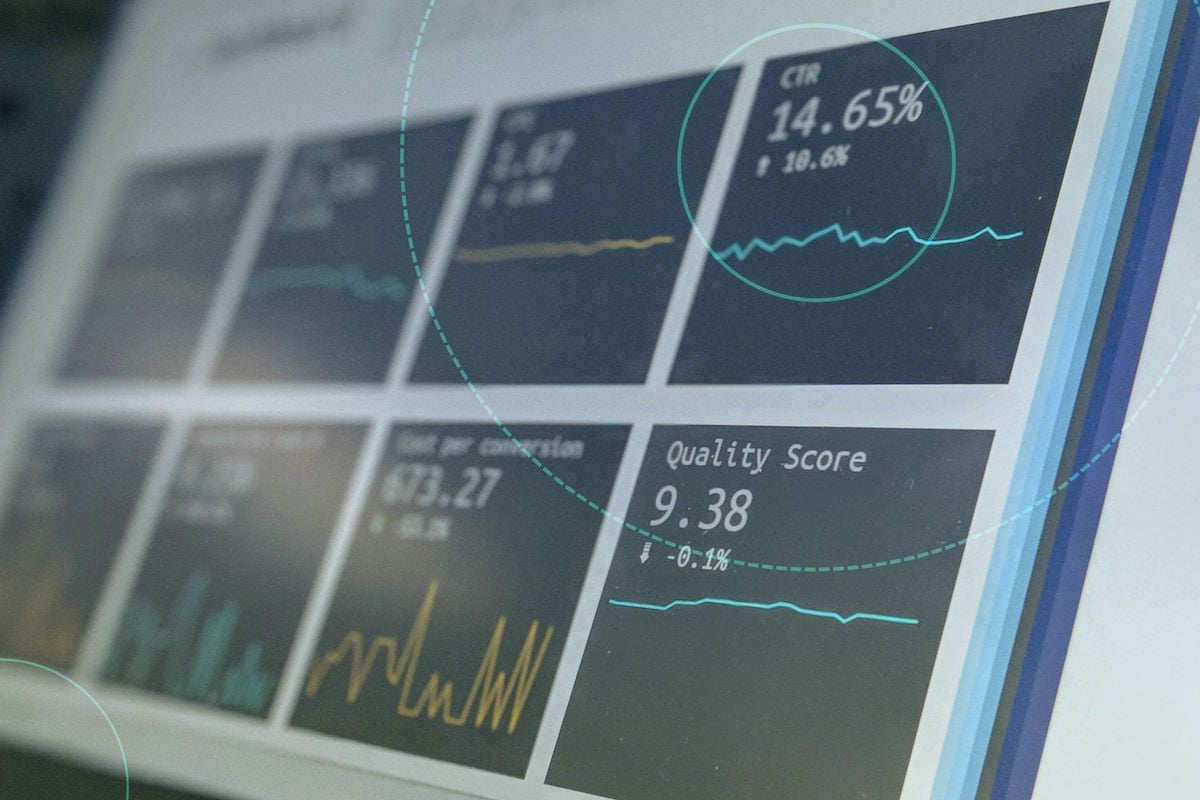Attribution modeling can help you draw meaningful conclusions about how, when, and why your customers respond to your company’s advertisements.
Choosing the right attribution model for your company can help you acquire better insights and achieve better results
After you’ve crafted a stellar advertising campaign, you’ll need to choose the right attribution model to measure its impact. Attribution models help you assess which parts of your campaign had the greatest influence on a customer's decision to take a desired action, such as buying a product or downloading an app. With this information, you can draw a wealth of substantive conclusions.
There are a variety of different attribution models to choose from, and they all have strengths and weaknesses. Some methods give credit to a single ad, while others account for a whole host of data points. Whichever model you choose, you’ll have a powerful tool for analyzing customer behavior. Learn how you can use attribution modeling to put your ad campaign resources where they’ll do the most good.
Ready to explore more angles of attribution? Check out The Modern Marketer's Guide to Attribution.
What Is an Attribution Model?
If you find yourself asking, “What is an attribution model?”, rest assured that it’s not difficult to understand. Consider the following hypothetical scenario:
A company produces a new smartphone app. To promote this app, the company purchases ads on CTV, on social media, and in a mobile video game. A customer sees the CTV ad first, then the social media ad, then the in-game ad. Afterward, they download the app.
The customer took the desired action, but it’s not entirely clear which ad prompted them to do so. Attribution can help determine which piece of marketing material caused the customer to download the app, or “convert.” Some models can also estimate each ad’s impact and assign relative values, rather than crediting a single source.
Attribution models can be a vital part of a cohesive marketing strategy. You can determine which ads inspired customers to take action and analyze how they differed from less effective ads. This can help you focus on marketing materials that work, drop marketing materials that don’t, and craft more engaging campaigns in the future.
Types of Attribution Models
Broadly speaking, there are two types of attribution models: single-touch and multi-touch. The former attributes a conversion to a single ad, usually at either the beginning or the end of the process. The latter attributes a conversion to a variety of different factors and assigns different weights accordingly. Generally speaking, single-touch models are easier to design and analyze, but the data from multi-touch models is richer and more subtle.
To choose the best attribution model for your company, consider whether you want to go with a simple model, or use something a little more specialized. Determine whether you have someone on hand who can analyze complex data sets, or whether you need to start with a more basic approach. Similarly, think about what conclusions you need to draw from your ad campaign, and how much information you need to do so.
Last Click
The last click attribution model assigns credit to the last ad that a user saw before their conversion. Consider our earlier example of the customer who saw a TV ad, a social media ad, and an in-game ad. The last click model would give credit to the in-game ad — and only the in-game ad.
The last-click model is easy to understand. It takes a commonsense approach: The last ad persuaded the customer to take direct action. The previous ads didn’t and were, therefore, less effective.
However, the last click model can overlook some important details. Many customers don’t decide to invest in a product or service based on a single ad. A previous attempt may have planted the seeds in their mind or helped those seeds grow. The last click model could underestimate the utility of earlier ads.
First Click
As the opposite of the last click model, the first click attribution model also has an innate appeal. This model gives credit to the first ad a user sees before their conversion. In our previous example, this would be the initial TV ad. The social media and in-game ads would not get credit.
The first click model seems logical. Even if subsequent ads drove the conversion, the initial ad is what made it possible in the first place. By focusing on a user’s first exposure to a good or service, this model underscores the importance of brand visibility.
On the other hand, the first click model doesn’t paint a complete picture. If a user didn’t take action right after the first ad, the ad may have been ineffective. The model also doesn’t take into account how subsequent ads might have spurred the actual conversion.
Linear
The linear model is a multi-touch attribution model that monitors a user’s whole journey, from exposure to conversion. This approach tracks every step along the way and gives equal weight to all of them. In our earlier example, this means that the linear model would credit the TV ad, the social media ad, and the in-game ad equally.
This is a more balanced approach than either of the single-touch models. Relatively few customers take direct action after a single ad. They need repeated exposure across different formats. The linear model gives credit to each part of the process.
Still, weighing every ad equally is not accurate in many cases. With this model, marketers might not get a clear idea of which ads made the most impact, and which fell flat. The linear model does not provide a direct link between a particular piece of marketing material and a desired action.
Time Decay
Like the linear model, the time decay model assigns credit to multiple factors between exposure and conversion. Unlike the linear model, however, the time decay model weighs those factors differently. Under time decay, the ads closer to a customer’s conversion get more credit, whereas earlier ads get less. Using our earlier example, this model would give the most credit to the in-game ad, and the least to the TV ad.
Time decay is a more complex version of the last click formula. This model gives appropriate weight to the ad that spurred customer action, without discounting the impact of earlier ads. After all, ads rarely exist in isolation; they’re part of intricately connected campaigns.
The flaw in the time decay model is that it makes some potentially incorrect assumptions about the conversion process. The last ad is not necessarily the most effective one, nor is the earliest ad necessarily the least effective.
Data-Driven
Of all the approaches discussed here, the data-driven model is the most comprehensive. There is no prototypical data-driven attribution model that companies can employ out of the box. Instead, each company has to customize its own. Using data specific to that company, analysts can then use the model to study consumer behavior, weigh ad effectiveness, and assign credit accordingly.
All other things being equal, a data-driven model can assign credit more accurately than other approaches. Since no two companies will use precisely the same model, the results can speak specifically to a certain advertising style or customer base. Marketers can also get a clearer picture of a customer’s entire conversion process.
However, data-driven models tend to produce more specialized results than their counterparts. They don’t necessarily weigh credit the same way for every ad, or every conversion. As such, analyzing results from data-driven models can be a complex process, especially compared to single-touch models. Data-driven models can also be more complicated to program in the first place, for similar reasons.
Get Data-Driven Results with tvScientific
Once you choose a model for your business, you can assign proper credit to your marketing materials, and learn how to more effectively deploy your resources in the future. Creating the right model and analyzing the data can be challenging, however. That’s where tvScientific’s data-driven attribution model can help. Our company monitors ad delivery, tracks conversions, and parses the results for our clients.
We use Shapely Values to ensure consistent measurement and partner with major data providers such as Oracle and TransUnion for robust analysis. There’s no minimum budget requirement, and you can monitor your metrics via our own Reporting Dashboard or Google Analytics. Get in touch to request a demo today.







